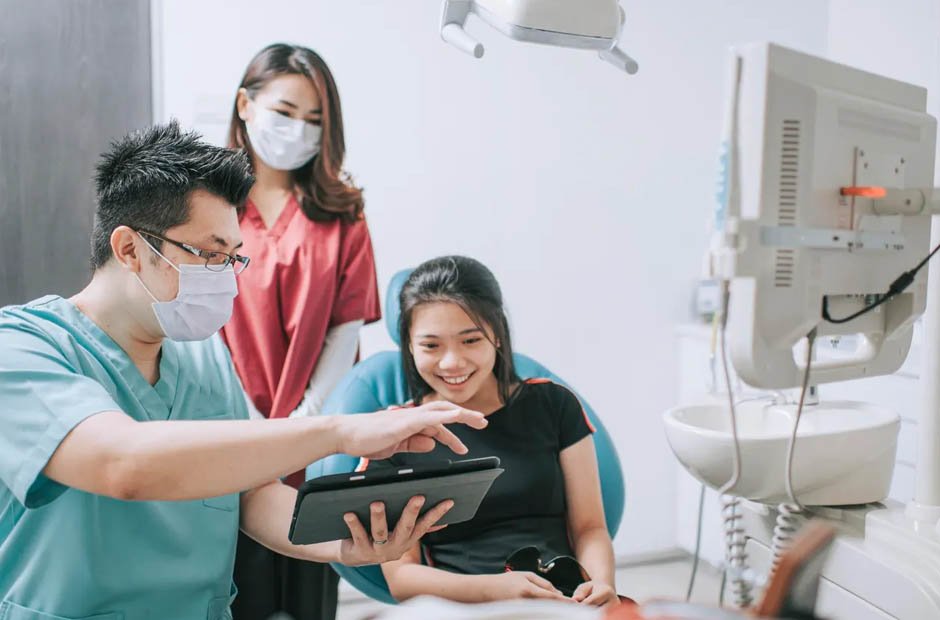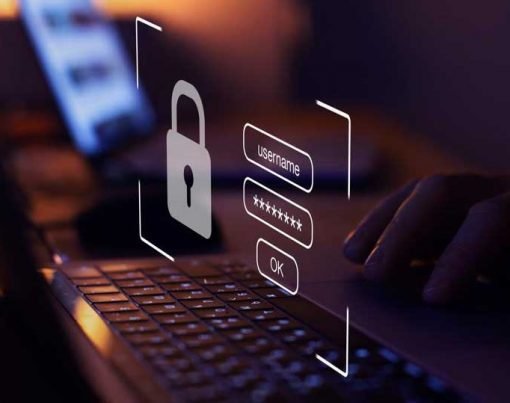The field of dental services has seen significant advancements in recent years, transforming how dental care is delivered and improving patient outcomes. These innovations encompass various technologies and approaches that enhance dental treatments’ efficiency, comfort, and effectiveness. We will explore the latest advancements in dental services at Ouray Dental – General, Implants & Dentures of Columbus, and how they are revolutionizing patient care.
Table of Contents
Technological Innovations in Dental Services
Digital Imaging and Diagnostics
One of the most transformative advancements in dental services is digital imaging and diagnostics. Traditional X-rays have been largely replaced by digital radiography, which provides higher-quality images with less radiation exposure. Digital X-rays can be viewed instantly on a computer screen, allowing for quicker diagnosis and treatment planning. This technology improves the accuracy of diagnoses and enhances patient safety by reducing radiation exposure.
In addition to digital X-rays, 3D imaging technologies such as cone beam computed tomography (CBCT) have become more prevalent in dental practices. CBCT provides detailed three-dimensional images of the teeth, jaw, and surrounding structures, enabling precise assessment and planning for complex procedures like dental implants and orthodontics. These high-resolution images help dentists identify issues that may not be visible with traditional imaging methods, leading to more accurate and effective treatments.
Laser Dentistry
Laser dentistry is another significant advancement that has improved the precision and comfort of dental treatments. Dental lasers can be used for various procedures, including cavity removal, gum surgery, and teeth whitening. Lasers offer several benefits over traditional dental tools, such as reduced pain, minimized bleeding, and faster healing times. The precision of lasers also allows for more conservative treatment, preserving more of the healthy tooth and gum tissue.
For example, lasers can effectively remove infected tissue and bacteria from the gums in periodontal therapy without invasive surgery. This minimally invasive approach reduces discomfort and promotes quicker recovery. Lasers are also used in cavity detection and treatment, as they can precisely target and remove decayed tissue while leaving healthy tissue intact. This results in smaller and less invasive fillings, improving patient comfort and preserving the natural structure of the teeth.
Intraoral Cameras
Intraoral cameras are small, handheld devices that allow dentists to capture detailed images of the inside of a patient’s mouth. These cameras provide a magnified view of the teeth and gums, helping dentists detect issues such as cavities, cracks, and gum disease that may not be visible during a standard examination. The images can be displayed on a monitor, allowing patients to see what the dentist sees and better understand their oral health.
Intraoral cameras enhance patient education and communication, as dentists can effectively explain their findings and treatment recommendations. Patients are more likely to understand and accept proposed treatments when they can see the condition of their teeth and gums firsthand. This technology also improves record-keeping and documentation, as the images can be stored in the patient’s digital file for future reference and comparison.
CAD/CAM Technology
Computer-aided design and computer-aided manufacturing (CAD/CAM) technology has revolutionized the creation of dental restorations such as crowns, bridges, and veneers. With CAD/CAM technology, dentists can design and fabricate custom restorations in their offices, often in a single visit. This eliminates the need for multiple appointments and temporary restorations, saving time and improving patients’ convenience.
The process begins with digital impressions, taking a small scanner that captures detailed images of the patient’s teeth. The digital impressions are then used to design the restoration, which is milled from a ceramic or composite material block using a computer-controlled milling machine. The final restoration is polished and adjusted for fit before being permanently bonded to the patient’s tooth.
CAD/CAM technology offers several advantages over traditional methods, including increased accuracy, improved aesthetics, and shorter treatment times. The precise fit of CAD/CAM restorations reduces the risk of complications such as tooth sensitivity and decay under restoration. Additionally, the materials used are highly durable and can match the natural color of the patient’s teeth, resulting in a more natural and attractive appearance.
Teledentistry
Teledentistry has emerged as a valuable tool for improving access to dental care, particularly in underserved and rural areas. Patients can receive consultations, follow-up care, and even some treatments remotely through teledentistry using video conferencing and digital communication tools. This technology allows dentists to evaluate and diagnose patients, provide oral health education, and develop treatment plans without needing an in-person visit.
Teledentistry can also be used to triage dental emergencies, determining whether a patient needs immediate in-office care or can be managed with home care instructions and a prescription. This reduces the burden on dental offices and emergency departments while ensuring patients receive timely and appropriate care. Additionally, teledentistry facilitates collaboration between general dentists and specialists, allowing for more comprehensive and coordinated care.
Regenerative Dentistry
Regenerative dentistry is an emerging field that uses stem cells and other biological materials to regenerate damaged or lost tooth and gum tissue. This approach has the
potential to revolutionize treating dental diseases and injuries, offering more natural and less invasive solutions. Researchers are exploring various techniques, including using dental pulp stem cells to regenerate dentin (the hard tissue beneath the enamel) and using growth factors to stimulate periodontal tissue healing.
One promising application of regenerative dentistry is treating tooth decay and cavities. Instead of removing decayed tissue and filling the cavity with synthetic materials, regenerative techniques stimulate the body’s natural healing processes to repair the tooth structure. This could result in stronger, longer-lasting restorations that preserve more of the natural tooth.
Conclusion
Advancements in dental services are transforming the field, improving dental care’s efficiency, comfort, and effectiveness. Digital imaging, laser dentistry, intraoral cameras, CAD/CAM technology, teledentistry, and regenerative dentistry are revolutionizing how dental treatments are delivered and enhancing patient outcomes. By embracing these innovations, dental professionals can provide higher-quality care and improve patient experience. As technology advances, the future of dental services looks promising, with even more innovative solutions on the horizon.










